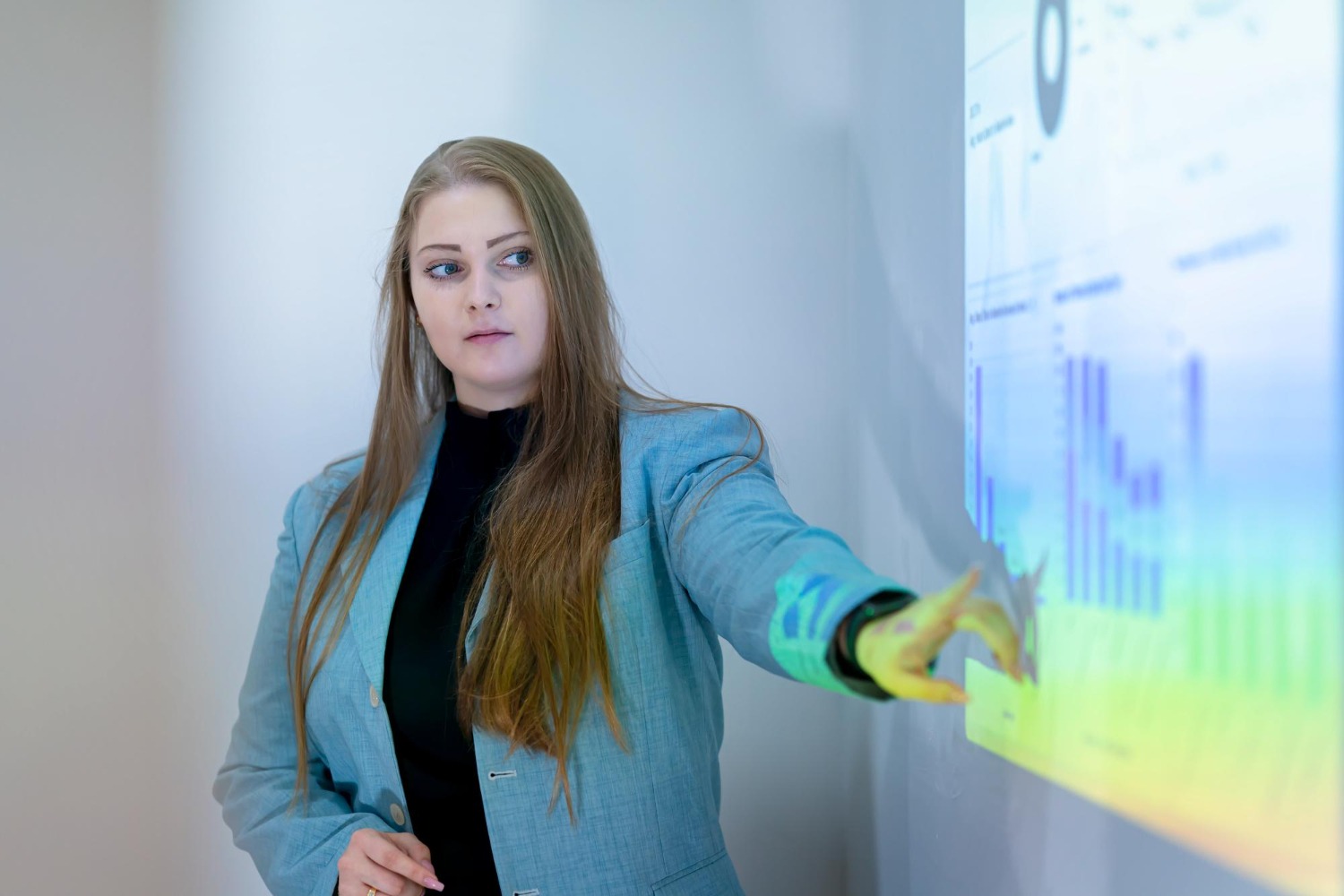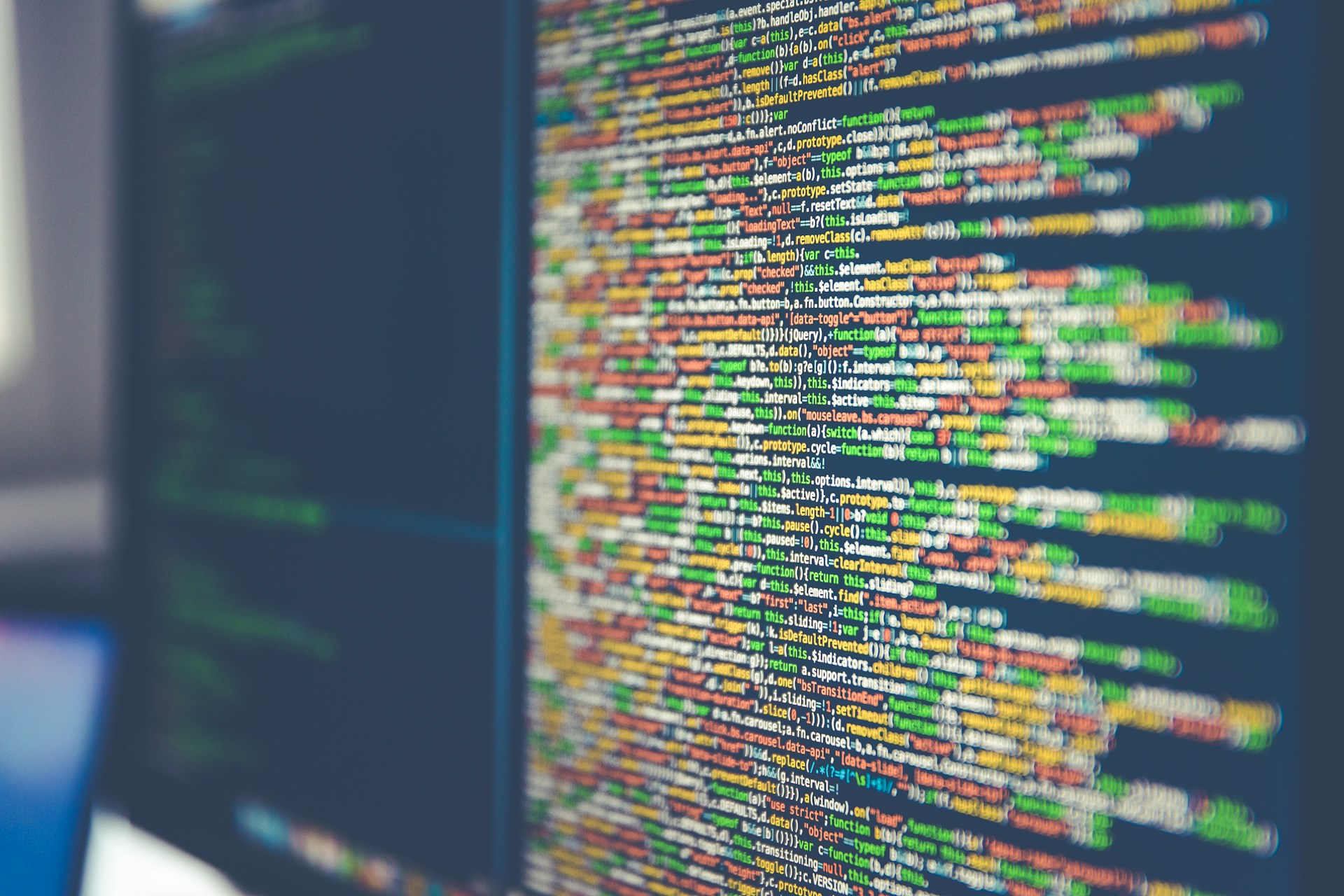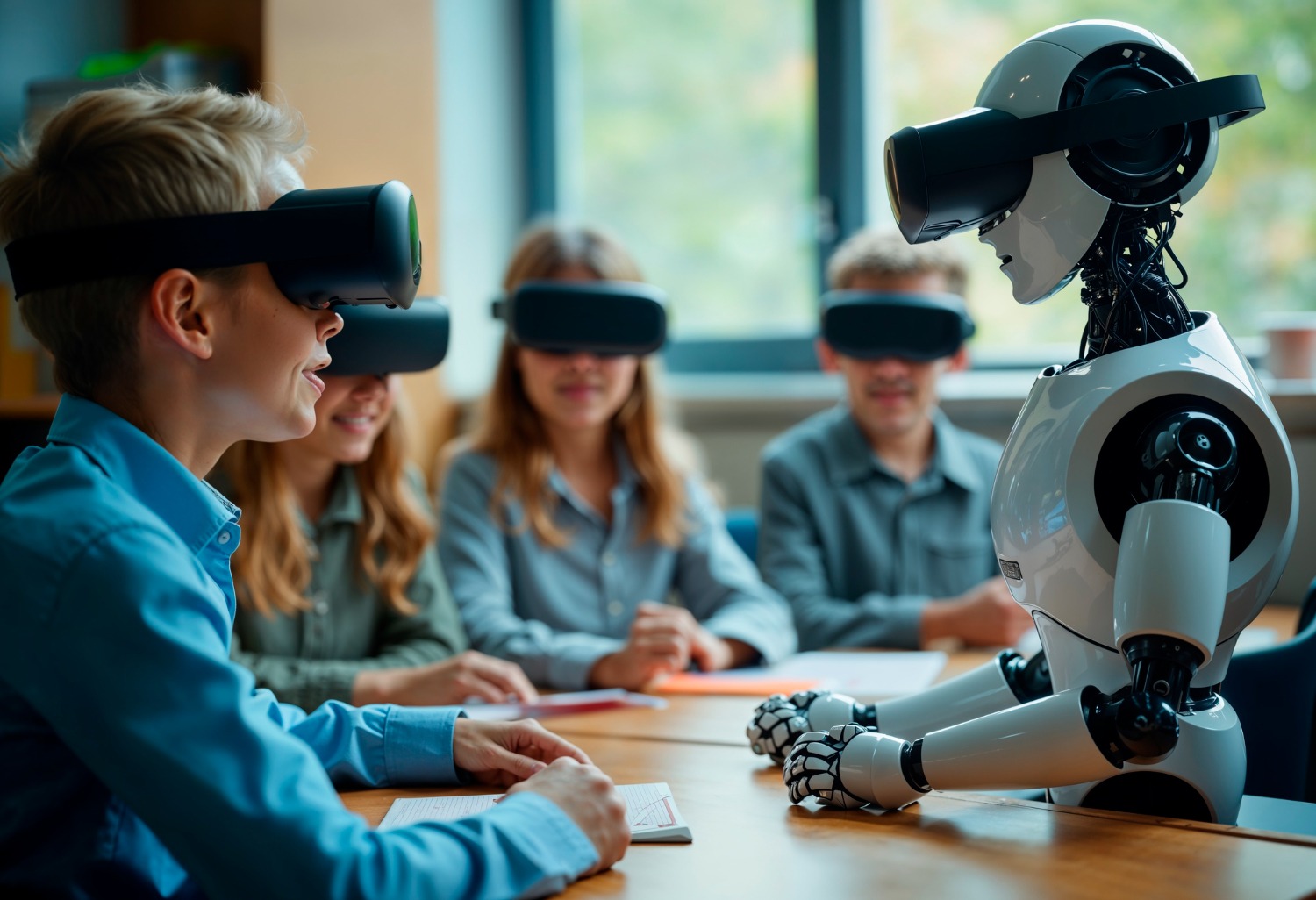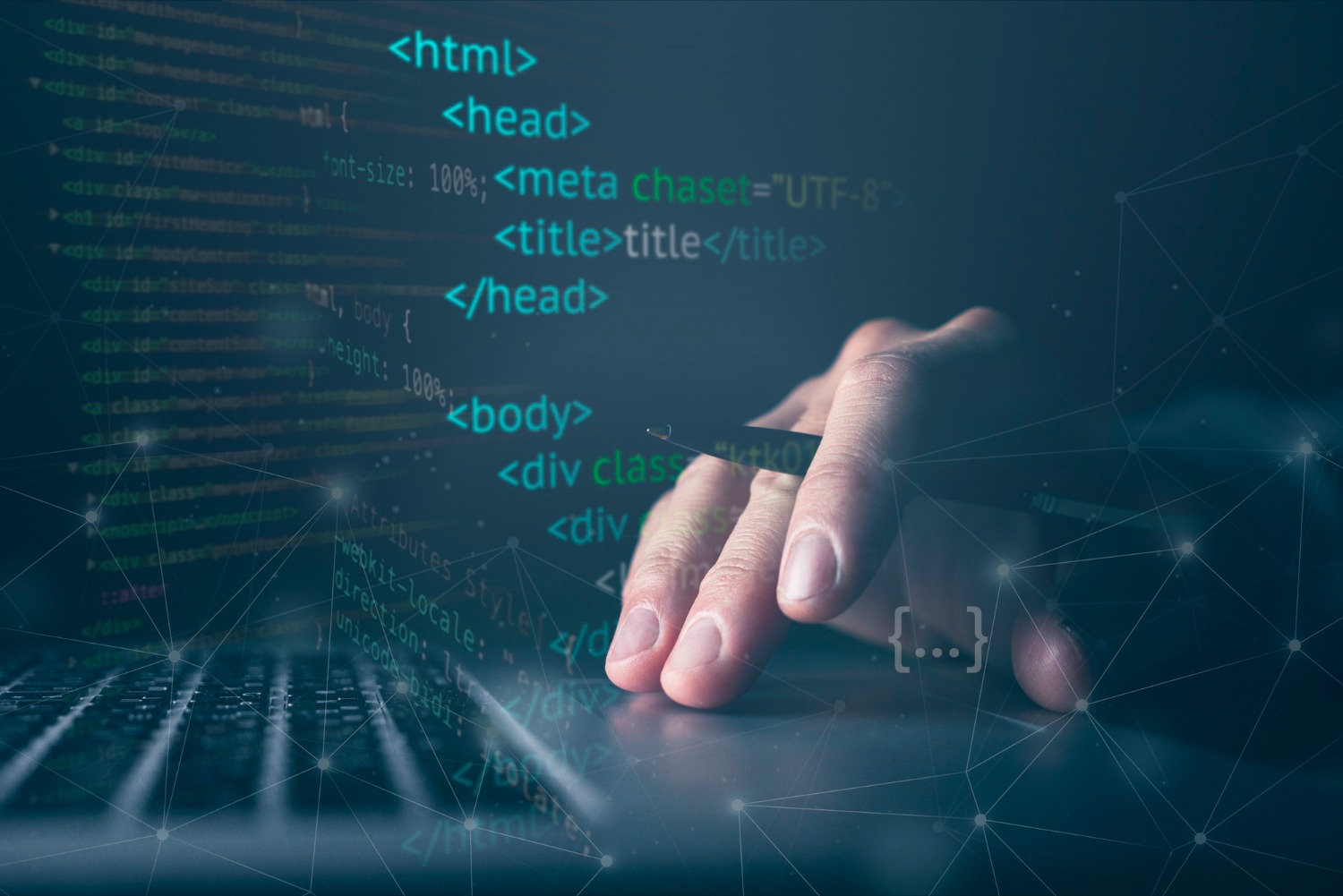Top 10 Software Trends Shaping 2025
The software industry continues to evolve, driven by cutting-edge innovations and changing user demands. Let’s dive into the top 10 software trends shaping this year and beyond.
1. Artificial Intelligence (AI) Everywhere
AI is no longer limited to specific industries; it’s becoming a fundamental part of everyday software applications. From smart assistants to AI-powered coding tools, businesses leverage AI for enhanced productivity and decision-making.
AI’s integration is particularly evident in personalized customer experiences. From e-commerce recommendations to predictive analytics in healthcare, AI is driving data-driven decision-making across industries. In software development, AI-driven tools like Copilot are automating code generation and debugging, significantly reducing development time.
2. Low-Code and No-Code Development
With the rising demand for rapid application development, low-code and no-code platforms are enabling non-technical users to create applications with ease. These platforms bridge the gap between IT departments and business users, allowing faster prototyping and deployment.
Enterprises are increasingly adopting these tools to streamline workflows and reduce dependency on traditional software development cycles. Low-code platforms also promote innovation by empowering business teams to experiment with new ideas without extensive technical support.
3. Blockchain Beyond Cryptocurrency
Blockchain is revolutionizing industries beyond finance, offering solutions for supply chain transparency, digital identity, and secure data sharing. Its decentralized nature ensures enhanced security, transparency, and traceability.
In healthcare, blockchain is used for maintaining accurate and secure patient records, while the logistics industry leverages it to track goods throughout their journey. Governments are also exploring blockchain for secure digital voting systems and public record management.
4. Quantum Computing
Although still in its infancy, quantum computing is set to disrupt fields requiring complex computations, such as pharmaceuticals, cryptography, and financial modeling. By performing calculations at unprecedented speeds, quantum computers can solve problems that are infeasible for classical computers.
Research and development in quantum computing are accelerating, with major players like IBM, Google, and Microsoft investing heavily in quantum technologies. Industries are preparing for breakthroughs in drug discovery, material science, and optimization problems.
5. Cybersecurity Mesh
With increasing cyber threats, businesses are adopting a cybersecurity mesh strategy, a more flexible and modular approach to safeguarding systems. This approach ensures that security is applied consistently across all environments, whether on-premises or cloud-based.
The cybersecurity mesh emphasizes interoperability and real-time threat detection, enabling businesses to respond to attacks swiftly. It’s particularly relevant in hybrid work environments, where employees access company resources from multiple devices and locations.
6. Green Software Development
As sustainability becomes a global priority, the software industry is focusing on energy-efficient coding practices and tools to reduce carbon footprints. Developers are increasingly optimizing algorithms and adopting cloud services that run on renewable energy.
Green software practices not only reduce environmental impact but also lower operational costs for businesses. Companies are setting benchmarks for energy consumption and leveraging tools to monitor and improve their applications’ efficiency.
7. Edge Computing Expansion
Edge computing continues to grow, offering faster data processing and reduced latency by bringing computation closer to data sources. This trend is critical for applications requiring real-time data processing, such as autonomous vehicles, industrial automation, and smart cities.
By reducing reliance on centralized data centers, edge computing improves performance and ensures data privacy. Industries are adopting edge solutions to enhance user experiences and drive innovation in IoT ecosystems.
8. Extended Reality (XR) Applications
XR, encompassing Virtual Reality (VR), Augmented Reality (AR), and Mixed Reality (MR), is gaining traction in gaming, education, and remote work. These technologies are transforming how users interact with digital content, creating immersive and engaging experiences.
In education, XR enables interactive learning, while enterprises use it for virtual training sessions and remote collaboration. As XR hardware becomes more affordable and accessible, its adoption across industries is expected to rise.
9. Human-Centered AI
Focusing on ethical and explainable AI, developers aim to create software that enhances human capabilities while maintaining transparency and fairness. Human-centered AI prioritizes user trust by ensuring algorithms are free from bias and decisions are explainable.
Companies are adopting frameworks for ethical AI development, emphasizing inclusivity and accessibility. By addressing potential ethical concerns, businesses can build AI systems that resonate with users and foster trust.
10. SaaS 3.0
The next evolution of Software as a Service (SaaS) includes hyper-personalization, integration of AI, and modular features tailored to specific business needs. SaaS 3.0 focuses on delivering seamless user experiences and ensuring scalability for growing enterprises.
Modern SaaS platforms offer advanced analytics, automation, and integration capabilities, enabling businesses to achieve higher operational efficiency. These platforms are also enhancing data security and compliance, addressing concerns related to data privacy regulations.
Final Thoughts
The software landscape in 2025 is characterized by rapid innovation, user-centric design, and a commitment to sustainability. By staying ahead of these trends, businesses can position themselves as leaders in the digital age. From AI to SaaS 3.0, the future of software is both exciting and transformative.




